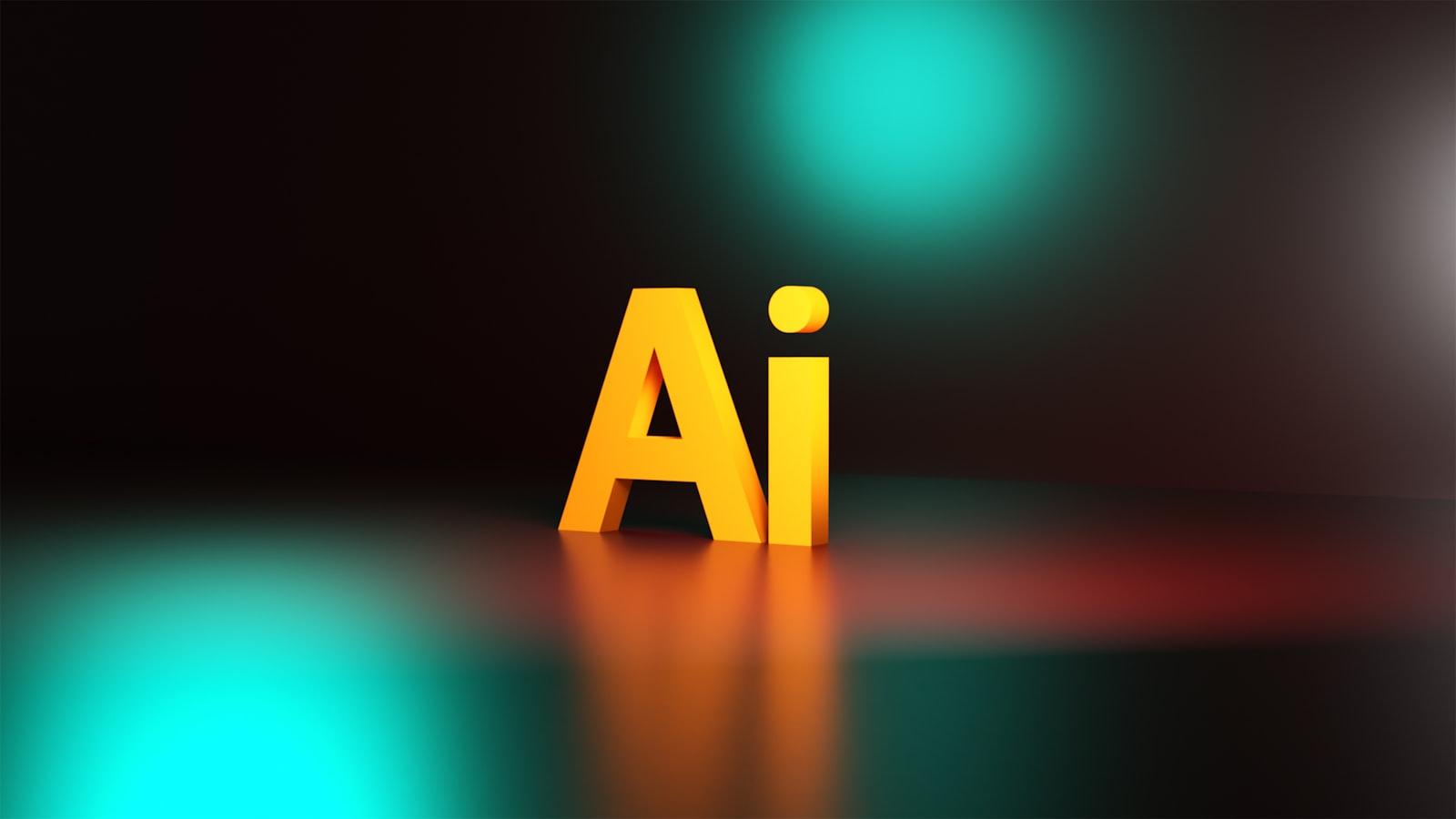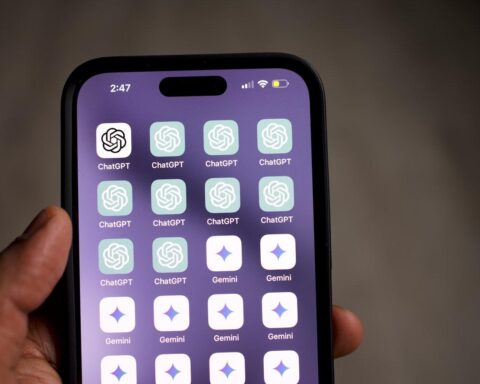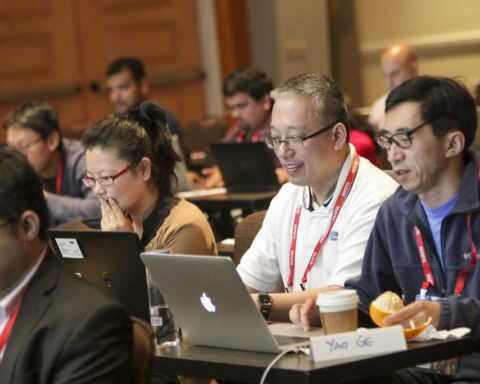In a world where artificial intelligence (AI) continues to push the boundaries of what is possible, one company is making headlines for taking on the copyright police in a bold new way. Midjourney, a tech startup known for its cutting-edge AI technology, believes it has the capabilities to outsmart the algorithms designed to protect intellectual property. In this week’s edition of “This Week in AI”, we delve into the groundbreaking challenge Midjourney is facing and the potential implications it could have for the future of digital content protection.
Table of Contents
- – Midjourney’s Bold Move in the Battle Against Copyright Enforcement
- – The Potential Implications of Midjourney’s AI Technology on Digital Content Protection
- – Can Midjourney’s AI really outsmart the copyright police?
- – Navigating the Legal and Ethical Considerations of AI in Copyright Enforcement
- – How Midjourney’s Strategy Could Reshape the Future of Intellectual Property Rights
- – Key Recommendations for Companies Considering AI Solutions for Copyright Compliance
- Future Outlook
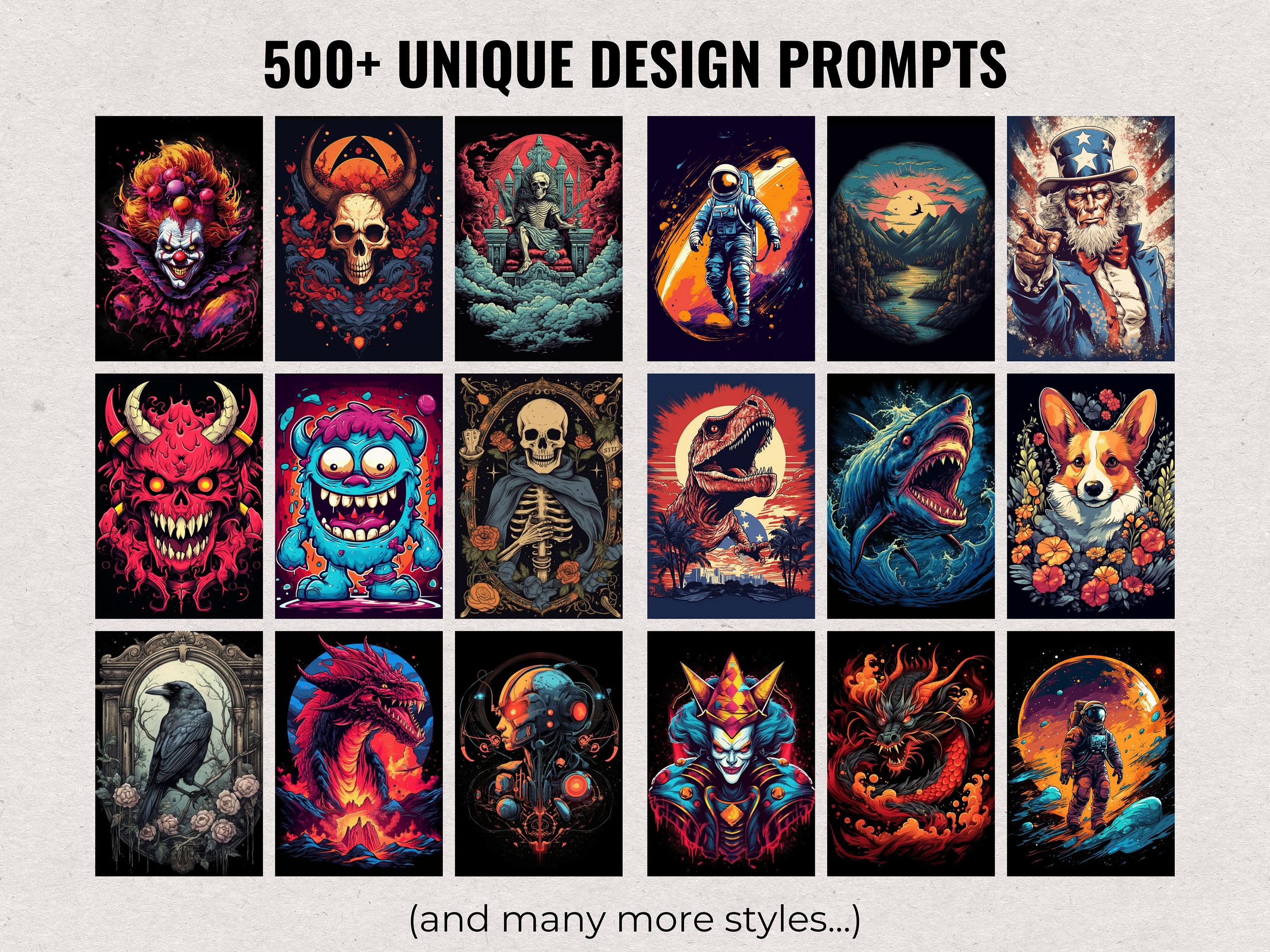
– Midjourney’s Bold Move in the Battle Against Copyright Enforcement
In the world of digital content, protecting copyrights has become more critical than ever. To this end, Midjourney, a leading player in AI-driven solutions, has decided to take on the challenge. The company has embarked on a daring quest to outsmart the “copyright police”. It’s a calculated risk, a valiant determination that has drawn both admiration and skepticism in equal measures from industry observers. Midjourney’s plan aims at leveraging its advanced AI technology to navigate the tricky contours of copyright enforcement with astounding precision.
Much of the excitement revolves around Midjourney’s proprietary AI software. This state-of-the art solution, according to company insiders, has been specifically designed to screen content for any possible copyright infringements. Equipped with a unique
- Content Recognition System
- Sophisticated Algorithm to minimize false positives
- Fast and Accurate Detection mechanism
Midjourney’s software seems to hold a promising answer to copyright concerns. Observers are keen to see whether this bold initiative will manage to dampen, or even douse, the rising flames of copyright issues in the world of digital media.
| Company | Strategy | Potential Impact |
|---|---|---|
| Midjourney | Utilizing AI to combat copyright infringement | Game-changer in content protection and digital media industry |
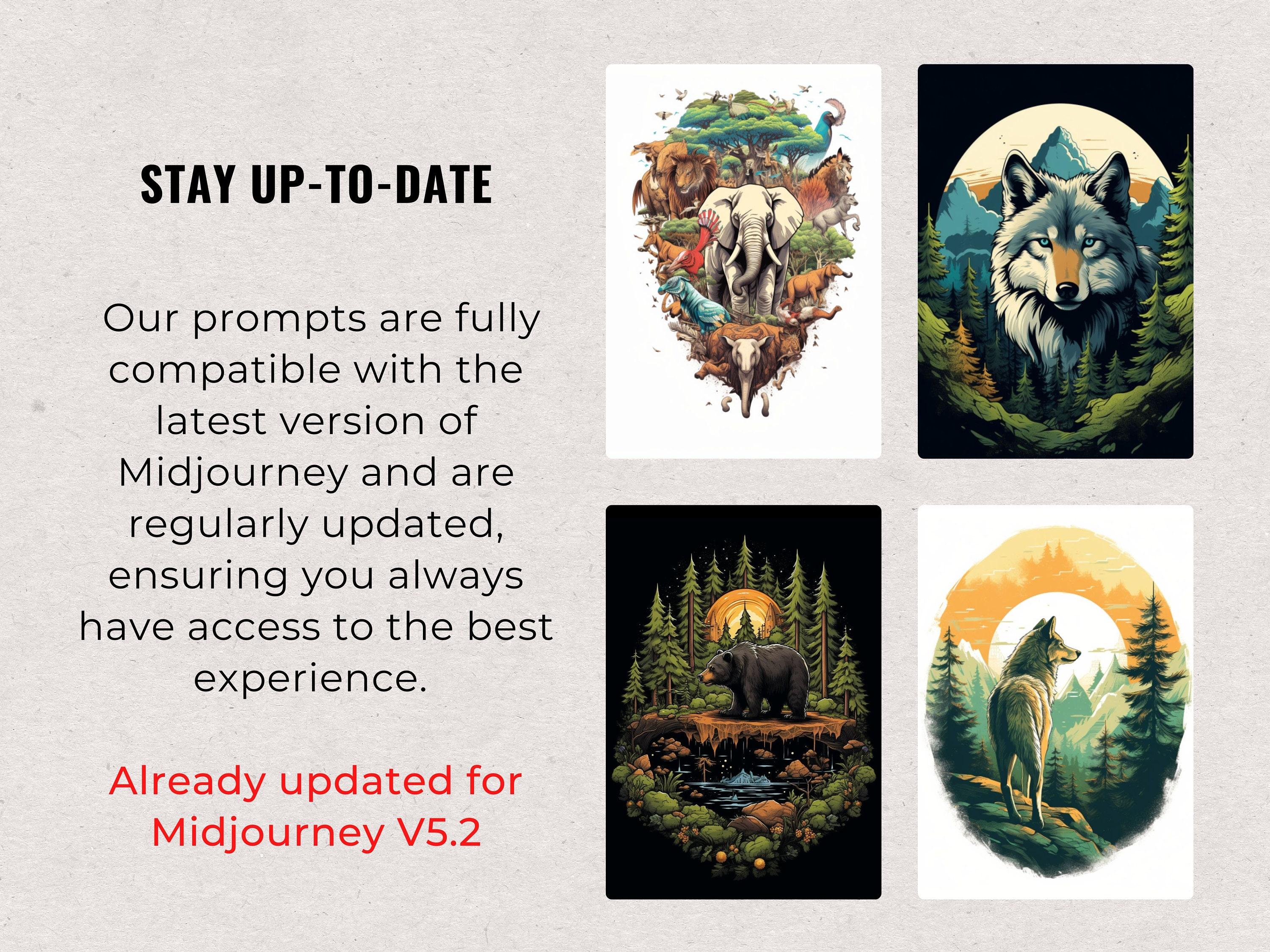
- The Potential Implications of Midjourney’s AI Technology on Digital Content Protection
Challenging the conventional notions of online content protection, Midjourney’s AI technology promises to revolutionize the digital sphere. Traditionally, content monitoring has been akin to playing a game of digital Whack-a-Mole, where each infraction squelched gives way to a dozen more. Midjourney, however, is endeavoring to rewrite this scenario with its cutting-edge technology.
Driving this innovation is Midjourney’s focus on ‘adaptive learning’. Conventionally, AI systems could only identify copyright software based on strict parameters. Throw something novel at it, and the system would falter. Midjourney’s AI, on the other hand, learns from each interaction and constantly refines its algorithms, making it more adept at detecting anomalies and infringements.
| Traditional AI Systems | Midjourney’s AI |
|---|---|
| Static Parameters | Adaptive Learning |
| Falters at Novel Scenarios | Improves with each Interaction |
Consequently, this could spell unanticipated benefits for content creators and consumers alike. Under this system, legal users can immerse in their digital experiences without the fear of unwarranted flagging, whereas, content creators gain more protection against copyright violations, unlocking potential benefits such as:
- Maintaining the authenticity of original content and creators’ intellectual property
- Helping users avoid accidental copyright breaches
- Improved trust in digital content platforms
Midjourney’s AI technology is challenging the traditional concept of the cat-and-mouse game in digital content protection, promising a future where legal use of digital content is seamless, and creators’ intellectual property is genuinely secure.
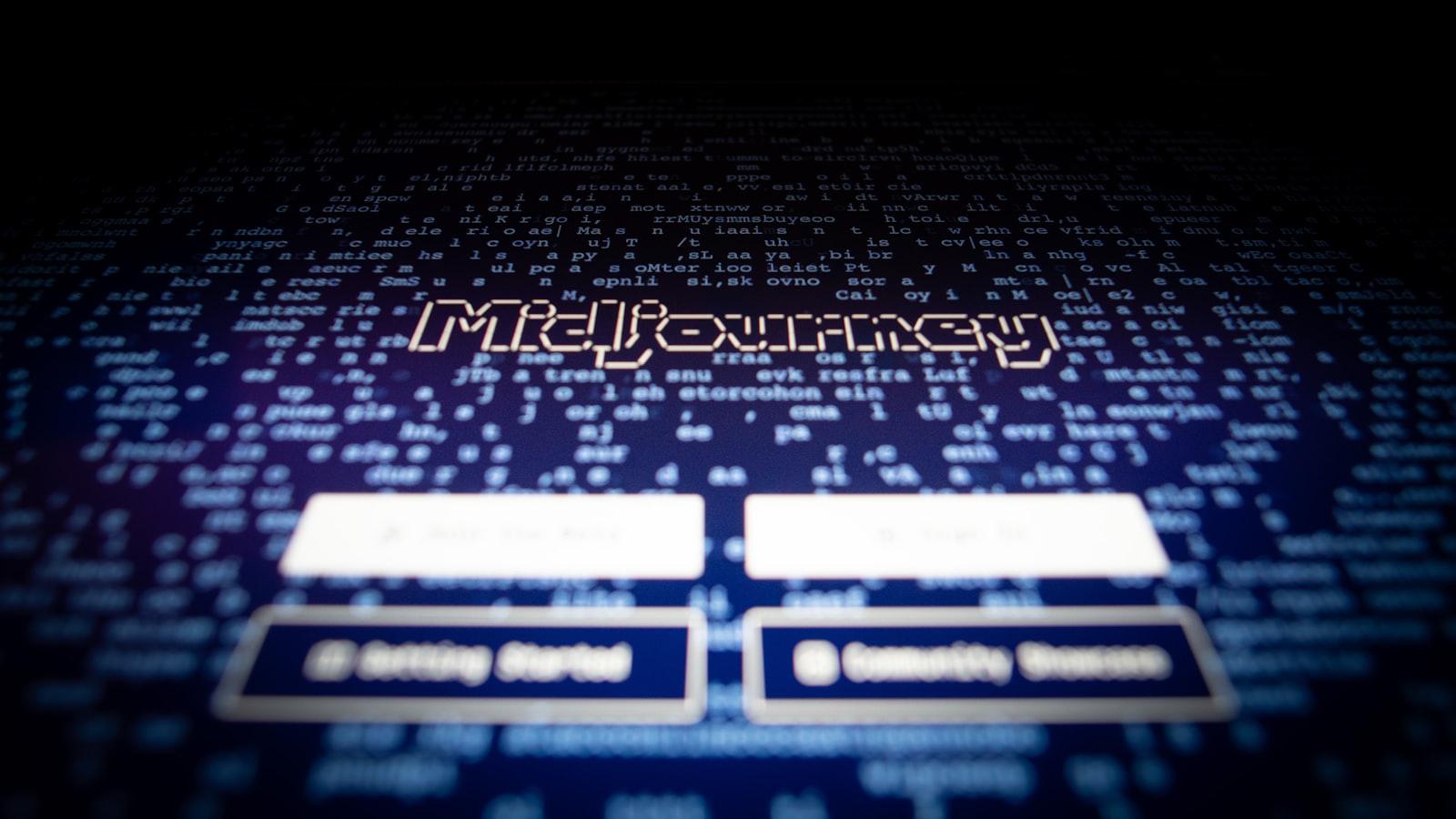
- Can Midjourney’s AI really outsmart the copyright police?
In the groundbreaking universe of artificial intelligence (AI), Midjourney is raising its stakes high. Gearing up to challenge the might of copyright regulators, the AI-based firm insists that its technology can deftly bypass stringent copyright systems. With the escalating surge in copyright infringement, AI platforms and their sophisticated potential are now more relevant than ever. Backed by a remarkable combination of neural networks, machine learning and heuristic search algorithms, Midjourney aspires to craft an AI model that can potentially thwart copyright policing systems.
Let’s dive deep into some of the unique features that fortify Midjourney’s AI system:
- Advanced image decoding: By ingeniously decoding and altering image properties, MidJourney’s AI can circumnavigate visual recognition triggers commonly used in copyright systems.
- Smart file manipulation: The AI can smartly manipulate file metadata, masking it from copyright tracking systems.
- Waveform transformation: This feature flips how copyrighted audio is detected by transforming the waveform itself, bypassing traditional audio fingerprint lock-on.
Unquestionably, these innovations stem from a robust technological background.
| Key Tech Innovations | Description |
|---|---|
| Neural Network | Facilitates an intelligent system capable of learning and improving over time |
| Heuristic Search | Boosts the AI’s ability to process massive quantities of data swiftly and accurately |
| Machine Learning | Equips the AI with the capacity to adapt in response to new input and changes |
But here’s the question of the hour: Can Midjourney’s AI technology truly negate copyright policing? Industry experts remain divided on their views. While the audacity of the proposition has certainly raised eyebrows, we may need to keep our fingers crossed until the battle between technology and regulations unfolds.
– Navigating the Legal and Ethical Considerations of AI in Copyright Enforcement
In recent years, the rise of Artificial Intelligence and machine learning technologies has created a new paradigm in copyright enforcement, presenting a plethora of legal and ethical considerations. Scheduled for an early 2022 launch, Midjourney, a Silicon Valley-situated start-up, has emerged, hoping to navigate these complexities in an innovative and expedient manner. Midjourney employs AI and blockchain technologies to revolutionize how digital content copyrights are verified, tracked, and enforced.
Despite the promises, the implementation of AI in copyright enforcement is laden with nuances that need careful attention. For starters, applying AI to detect infringement raises questions about the extent of monitoring of user content, walking a thin line between legitimate supervision and potentially invasive surveillance.
- Existing legal frameworks such as the Digital Millennium Copyright Act (DMCA) in the US and the EU Copyright Directive provide some guidance but fail to fully address the challenges posed by AI.
- The deployment of AI also brings up ethical considerations. For instance, if an AI system wrongfully flags a user’s content as infringing, the damage in terms of reach and reputation can be instant and significant.
- Then, there’s the conundrum of accountability. If an AI system fails to detect an infringing material, who bears the legal responsibility – the AI developer, the user of the AI system, or both?
| Company | Approach | Challenges |
|---|---|---|
| Midjourney | Using AI and blockchain to verify, track, and enforce digital content copyrights | Navigating legal frameworks, ensuring user privacy, and establishing accountability |
| Competitor 1 | Traditional manual copyright enforcement | Slow detection process, high resource consumption |
| Competitor 2 | AI-based copyright detection with minimal human oversight | Higher risk of wrongful flagging, legal responsibility issues |
The implementation of AI in copyright enforcement is indeed delicate, but companies like Midjourney are eager to take the plunge and address these challenges head-on. With their tools, they believe that they can effectively beat the copyright police while navigating the accompanying legal and ethical quagmires. Only time will tell how successful they will be in this endeavor.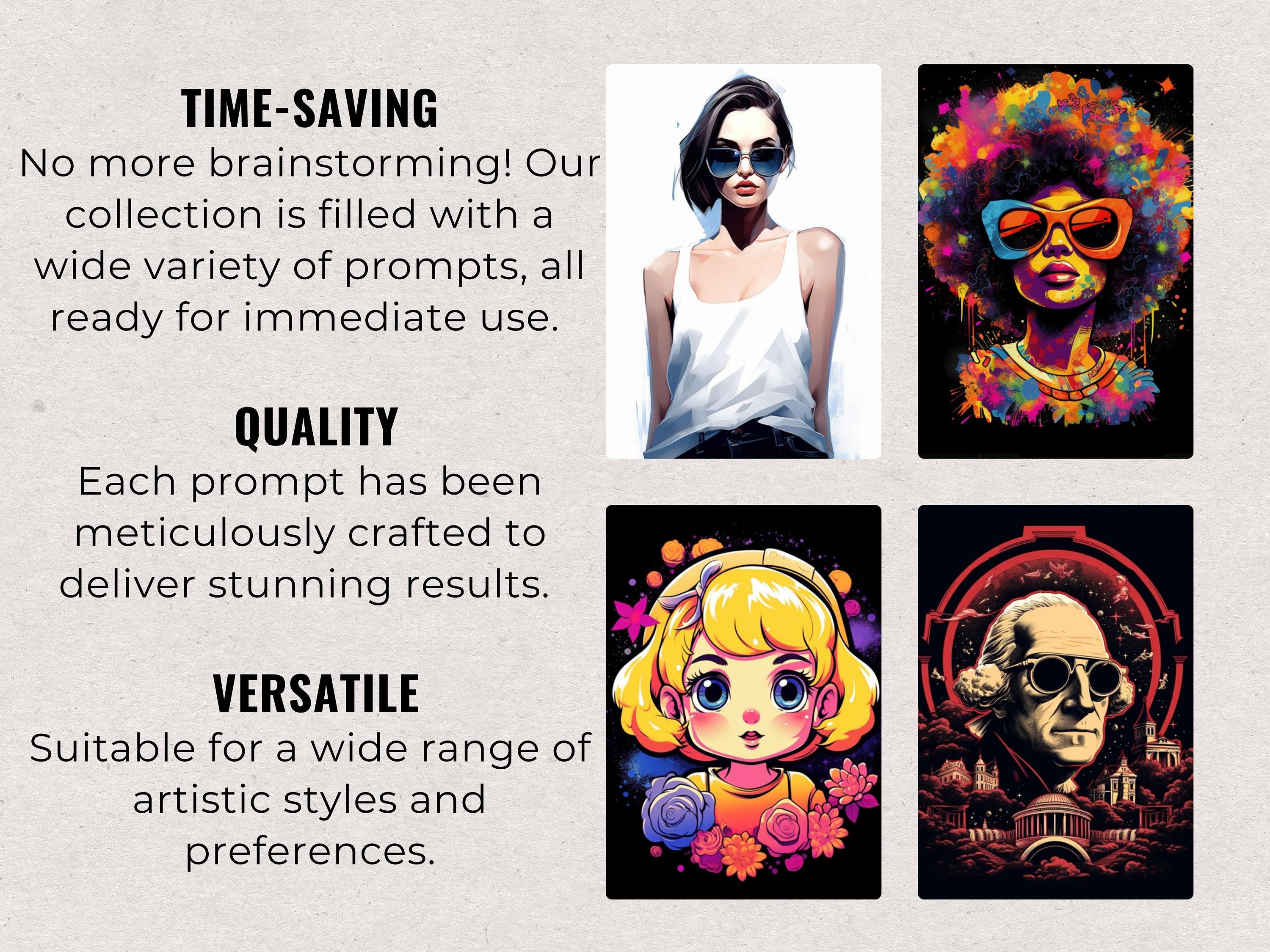
– How Midjourney’s Strategy Could Reshape the Future of Intellectual Property Rights
Meeting the challenges of the ever-evolving digital world, Midjourney introduced a cutting-edge strategy that could potentially rewrite the rules of Intellectual Property rights. Based on AI technology, their new approach seeks to change the way content is monitored, reported and protected on the internet. The first thing they’ve set their sights on: Outsmarting the copyright police. Their plan intends to tackle issues inherent in copyright enforcement, making the process efficient and fair for all parties involved.
- Firstly, the strategy takes a new approach to identifying content. Rather than simply looking for matches, the AI uses a more nuanced understanding of the material, which can distinguish between actual infringements and fair use scenarios.
- Secondly, it introduces a ‘grace period’. This gives accused parties the opportunity to dispute claims before their content is taken down.
- Lastly, it actually rewards best practices, encouraging creators to respect copyright laws rather than fearing them.
| Current Approach | Midjourney’s Strategy |
|---|---|
| Relies on simple pattern matching | Utilizes advanced AI technology |
| Immediate content takedown | ‘Grace period’ for dispute resolution |
| Fear-based enforcement | Positive reinforcement through rewards |
If Midjourney’s plan is realized, it’s bound to reshape the future of Intellectual Property rights. While their AI-based tool brings new technical capabilities to the table, it’s the ideological shift they propose that is most compelling. Instead of falling in line with the punitive focus that has thus far dominated the copyright landscape, Midjourney is betting on a more equitable strategy, where both owners and users of intellectual property stand to win.
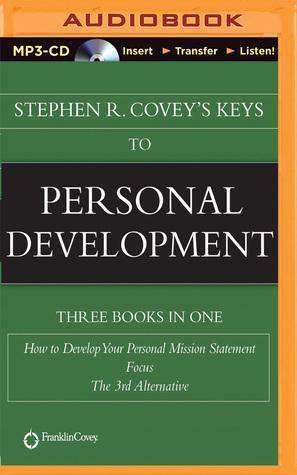
– Key Recommendations for Companies Considering AI Solutions for Copyright Compliance
Companies pondering about integrating AI solutions into their copyright compliance efforts need to first clearly understand the scope and demands of their content management. Evaluating the volume of digital assets set to be under the AI’s watch can assist in determining the power and reach an AI solution should possess.
Moreover, a cultural alignment with AI and its adoption is crucial for effective implementation. Many organizations make the mistake of racing to implement cutting-edge tech without understanding the functionality that suits their demands and the changes it may require in their existing workflow. Therefore, a detailed analysis of organizational processes and readiness is in order.
- Determine the volume and variety of digital assets
- Analyse the organization’s readiness for aligning with AI adoption
- Educate and train teams on AI functionalities and adjustments
Another vital aspect is the precision and reliability of the AI solution in question. It’s key to remember that not all AI tools are built the same. Companies would benefit immensely from a thorough comparison of available solutions, focusing on their efficiency and effectiveness in identifying and managing copyrighted content. AI’s ability to learn and adapt over time (known as Machine Learning) is a factor to consider while evaluating its competitiveness.
| AI tool | Efficiency | Customization | Machine Learning Adaptability |
|---|---|---|---|
| AI Tool 1 | High | Medium | Yes |
| AI Tool 2 | Medium | High | No |
| AI Tool 3 | Low | High | Yes |
Finally, the role of a knowledgeable and capable solution provider can’t be underestimated. Companies should ensure a reliable support system that provides quality service, regular updates, and swift responses to any technical glitches that might appear in the AI system. A contingency plan in case of AI failure should also be in place, ensuring business operations don’t come to a standstill.
Future Outlook
As we draw the curtain on this week’s vibrant AI chronicles, we are left wondering the enormity of the possibilities that lie in the intersection of art and artificial intelligence. Midjourney’s bold bet against the boogeyman of copyright infringement echoes an audacious whisper of defiance, of fearlessly approaching and possibly redefining the boundaries of creativity. In this rapidly mutable landscape of AI, our footprints are the compass directing us into the uncharted territories. We pin our hopes on the innovators, on the dreamers who dare and the creators who question. Until next week, when we again explore the thrilling abyss of AI, we leave you with the thought – when machines learn to create, where does that leave the creators? And more importantly, where does that take us
